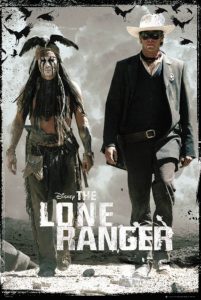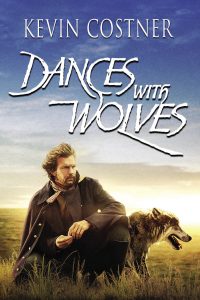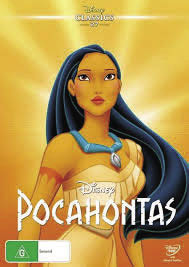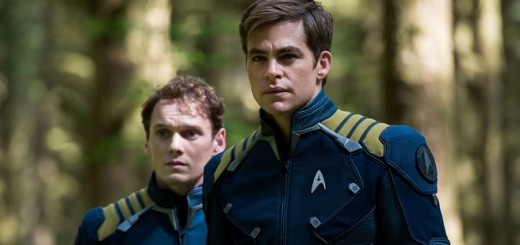Indigenous Representation in Hollywood
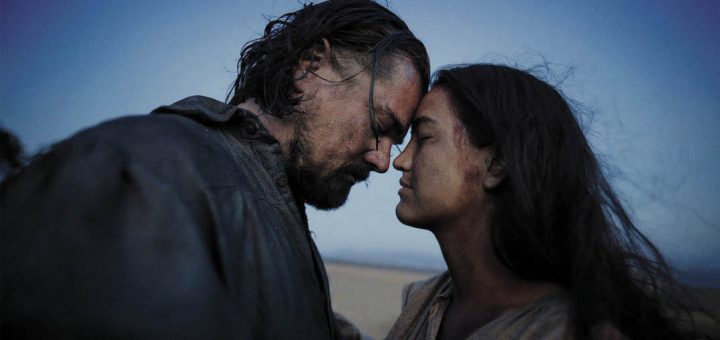
Why Hollywood needs to make a serious change
By Colin Macgillivray, Arts Editor
I would like to preface this article by explaining how I am far from an expert on Indigenous ways and certainly not qualified to be lecturing anyone on the misrepresentation of Indigenous people and their struggles in popular media. I am also not well versed in the ever expanding Indigenous filmmaking community, which over the past few decades has produced directors, writers and actors who have been able to invoke beautiful and original stories on screen.
However, it is glaringly obvious that the misrepresentation, whitewashing and stereotypical portrayal of the Indigenous community in Hollywood has been disheartening, frightening and for lack of any better words, downright racially insensitive. Although major steps have been made since the shameful days of classical hollywood portrayals, it is without a doubt that more needs to be done to ensure that the brilliance of Indigenous filmmakers is not pushed under the rug and that their work will finally be able to reach a larger audience.
But, looking back through the history of Hollywood, the biggest failure of the nationally renowned film conglomerate is essentially stereotyping. Not only of Indigenous people, but generally all different types of people were miscast and thrown into racially insensitive roles. Indigenous people were generally cast as the savage antagonist, essentially vilifying an entire culture to generations of consumers. Since this ideology was held and is still being held by so many people in the western world, Hollywood was rightfully forced into making a change. Revisionist films emerged in the 1980s with mixed success, as audiences were not used to the more sympathetic portrayals of the formerly ‘savage villains’.
Although these revisionist films were generally more socially conscious, sensitive and accurate, they were still marred with countless
problems. Now, instead of racist misrepresentation, Indigenous people were thrown into passive roles that made them victims of circumstance, in which a white man would have to come save them at the end of the day. This is still incredibly problematic. Thus, although progress has been made, there are simple steps to rectify these problems that will be touched on later.
Nonetheless, the five films in the banner above are all stories that deal with Indigenous people, Indigenous issues and Indigenous representations. Yet, they all deal with these themes with varying degrees of success. Starting with one of the more controversial films above, The Lone Ranger’s choice to cast Johnny Depp as Tonto, a Comanche Native American, deservedly faced much backlash. Although Depp has cited Native American roots, as well as an advisor from the Comanche Nation being used during the casting process, this was a drastic oversight by Gore Verbinski, the film’s director. Filmmaking is a business and when you look at the casting choice from a strictly business
perspective, casting Depp, a notable character-actor, as one of the film’s leads might seem like a good idea. However, it was not. Hollywood needs to understand that justified backlash will stem from these choices. But how would you avoid such a public relations nightmare, you ask? Casting an actor from the Comanche Nation would have been a great start.
Dances with Wolves, a 1990 American western directed by Kevin Costner, however, was not only an exciting, fresh tale, but was generally
successful with its depiction of members of the Sioux people. Costner was even adopted by the Sioux nation as an honorary member for his tasteful approach to cultural issues. Unfortunately, it was not perfect. A plethora of historical inaccuracies are littered throughout the film, which is generally expected of any fictional piece that is entrenched in reality, but the main problem is that it embodies the idea of a ‘white saviour’ film. Although there is certainly no insensitive intent in Dancing with Wolves, it is hard to argue that, at the end of the day, a movie so rooted in Sioux culture is ultimately about a white guy who saves the day.
Bundling Pocahontas and Avatar together might seem absolutely ridiculous at first glance, but they are essentially the same film. Although
Avatar deals with giant blue aliens, it is one of the more glaringly obvious portrayals of a ‘white saviour’ in modern filmmaking. There are definitely some pretty on-the- nose allegories that director James Cameron was playing with in his sci-fi epic and to be completely honest, they don’t age well. Seeing Avatar as a young boy, I was initially delighted by the science fiction spectacle that unfolded before me. Yes, the story was predictable, but as an 11 year old I honestly never thought of it as some sort of metaphor for the Western colonization of Indigenous land. Now, Avatar is definitely about that and it could have been incredibly powerful if handled well. Truth be told, however, it essentially just becomes a white saviour film at the end of the day.
On the other hand, Pocahontas is quite frankly a revolutionary movie when it comes to dealing with the barbaric Western colonization. In 1995, it would be absolutely unheard of for an animated, family-friendly film to portray white men as the villains, but that is exactly what Pocahontas does. However, the filmed is still plagued with damaging stereotypes of indigenous people, chalk full of historical inaccuracies and marred with the fact that the supposed strong female character is actually only ever preoccupied with her male relationships. One step forward, two steps backwards, I suppose.
But, there are some talented Hollywood directors who are venturing into the story of Indigenous people and portraying them with grace.
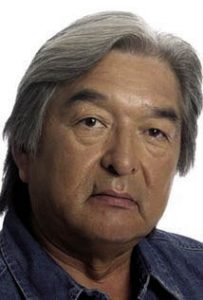
Canadian First Nations actor Graham Greene is featured in Wind River, as well as being a pioneer for racial equality for Indigenous people in Hollywood. Photo courtesy of IMDB
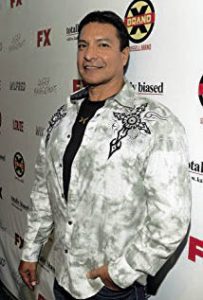
American Comanche actor Gil Birmingham is featured in Wind River, as well as being a pioneer for racial equality for Indigenous people in Hollywood. Photo courtesy of IMDB
Taylor Sheridan’s Wind River is one of those films. The film opens by stating it is inspired by true events and proceeds to deliver an emotional thriller dedicated to the memory of missing and murdered Indigenous women. Coming from Sheridan, who is arguably one of the most talented screenwriters of his generation, it was no surprise that the film was oozing nuance and sensitivity. The casting of Indigenous characters was spot on, as actual Indigenous people were portraying them. The story didn’t feel on the nose or forced, either. Sheridan did not sacrifice story and style just to deliver a poignant political message. The film should be the guidebook for any other filmmakers who aspire to deliver a historically and culturally accurate depiction of Indigenous issues. There will be those who argue that it is a white saviour film, but that is far from the truth. Without spoiling the phenomenal feature, it is safe to say that Sheridan never descends into a cookie-cutter, the ‘hero saves the day’ format, because the reality that the film is inspired by isn’t that simple. Withal, it is a powerful film with a powerful message.
But, one white guy being culturally sensitive isn’t enough. It’s also not enough to shoehorn Indigenous characters into films for the sake of them being in a film. 2015’s The Revenant was culturally diverse, but the portrayal of Hugh Glass’ fictional son was frankly appalling. By inventing an Indigenous character who’s sole purpose is to garner sympathy for a white character, being diverse really doesn’t matter in the end.
All in all, as I mentioned before, I am no expert on Indigenous issues. There are countless ingenious Indigenous filmmakers out there and if you truly want to make a difference, go buy a ticket for their movies.


